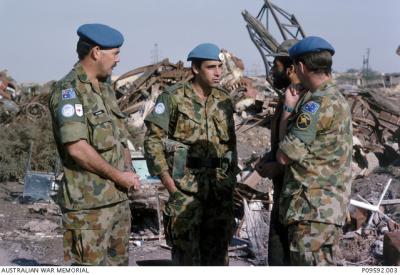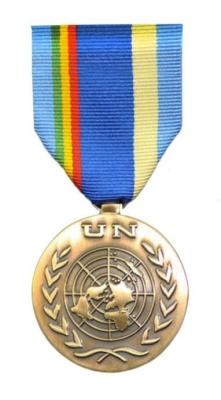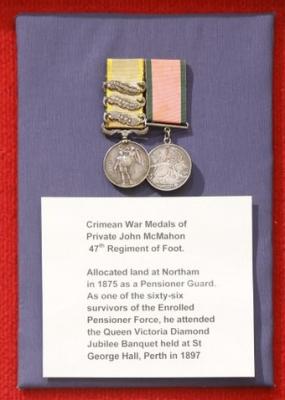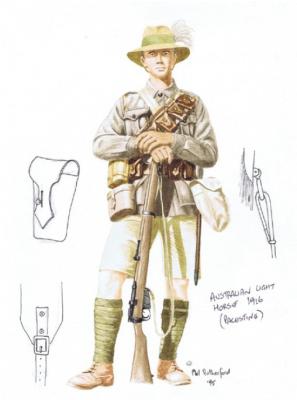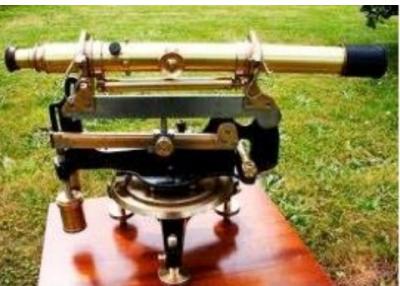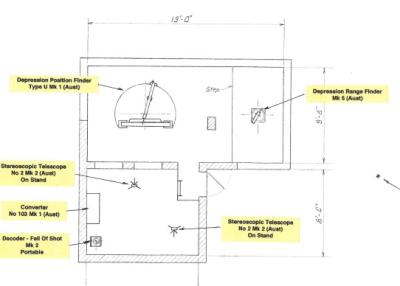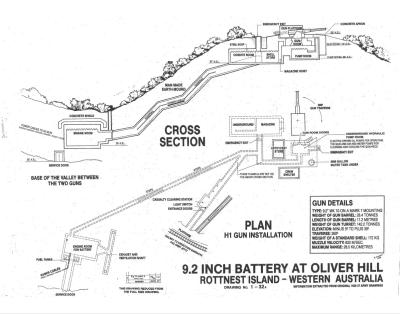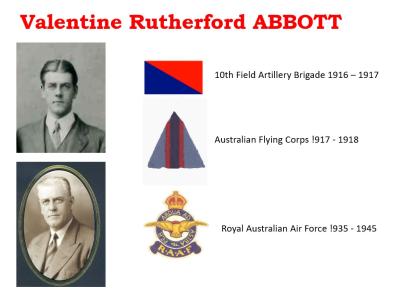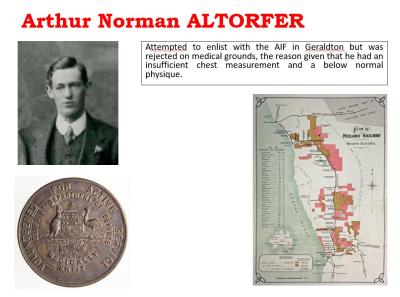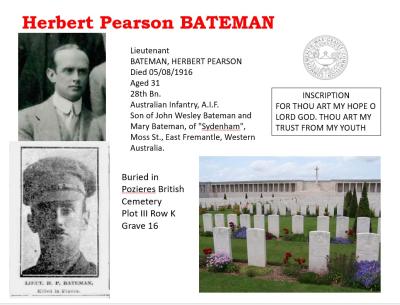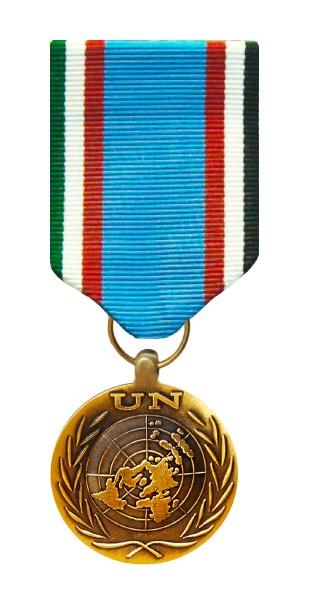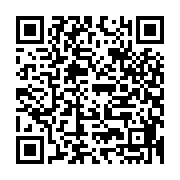Medal, Post 1945, Peacekeeping, United Nations Iran-Iraq Military Observor Group, 1988 - 1991
United Nations Iran/Iraq Monitoring Observation Group (UNIIMOG),operated in Iraq and Iran from 20 August 1988 to February 1991. Its function was to verify, confirm and supervise the cease-fire and the withdrawal of all forces to the internationally recognised boundaries, pending a comprehensive settlement. The maximum strength of UNIIMOG was 399 personnel. Australia sent 4 contingents of 15 personnel. Each spent about 6 months in Iran. Australian peacekeepers served on the Iranian side of the border because Iraq had forbidden any Australian peacekeepers from being in its territory. This was because an Australian government scientist, Dr Peter Dunn, had been a member of the UN team that conducted 3 inspections between 1984 and 1987, proving Iraq had used chemical weapons.
For centuries, there was conflict between Iran and Iraq, stemming from differences between the Persian and Arab cultures, as well as those between Shia and Sunni Islam. The Iranian Revolution in 1979, which overthrew the Shah, changed the dynamic in the region. Iran's new leader, Ayatollah Ruhollah Khomeini, opposed both the US and Soviet Union. Iraq's President Saddam Hussein was concerned that Iran was interfering in Iraq. After 2 weeks of border skirmishes, Iraqi forces invaded Iran on 22 September 1980.
During the 8-year war, Australia attempted to remain neutral and even-handed. Despite allies like the US and the UK appearing to favour Iraq, the war was not a major focus for Australia.
The UN established the United Nations Iran–Iraq Military Observer Group (UNIIMOG) on 9 August 1988. This happened after Iran and Iraq agreed to a ceasefire on 20 August. They also agreed the 2 countries would begin talks in Geneva on 25 August 1988.
Conditions in Iran were challenging. Iran had been at war for 8 years and the Iranians disliked having foreign soldiers in their country. On 2 August 1990, Iraq invaded Kuwait and withdrew from Iran, ending the war. UNIIMOG didn't resolve the conflict but stopped the fighting until outside events intervened.
Between August 1988 and February 1991, 400 military personnel from 27 countries took part in UNIIMOG. There were 2 detachments, one in Iraq and one in Iran. Australian peacekeepers served on the Iranian side of the border because Iraq had forbidden any Australian peacekeepers from being in its territory. This was because an Australian government scientist, Dr Peter Dunn, had been a member of the UN team that conducted 3 inspections between 1984 and 1987, proving Iraq had used chemical weapons. UNIIMOG's role was to: monitor compliance with the ceasefire; investigate alleged violations and restore the situation; and supervise, verify, and confirm the withdrawal of forces to the international boundary.
On 2 August 1990, Iraq invaded Kuwait, and President Saddam Hussein withdrew Iraqi forces from the occupied areas of Iran, formally ending the war. UNIIMOG had failed to resolve the conflict, but it had stopped the resumption of fighting until outside events intervened. One Australian observer described UNIIMOG as 'a tactical disaster and a strategic success'.
Details
Details
Each United Nations medal is identical in design, with a unique ribbon to identify the specific mission. The ribbon for UNIIMOG is light blue with, from the left side, 2mm green, white and red stripes, while from the right are 2mm black, white and red stripes. Ninety days of service in the Mission was necessary to qualify for award of the medal.
National Peacekeepers' Day: On 14 September each year, Australia observes National Peacekeeper’s Day, the anniversary of Australia becaming the world's first peacekeepers to deploy into the field, in the Netherlands East Indies in 1947.
International Day of UN Peacekeepers: 29 May is a day of commemoration and acknowledgement of all military, police and civilian personnel who have served as peacekeepers with the UN. Since UN peacekeeping began, more than 4,000 peacekeepers from many countries have lost their lives while performing their duties under the UN flag.
Open in Google Maps
Nearest geotagged records: View all geotagged records »
Australian Army Museum of Western Australia
Australian Army Museum of Western Australia
More items like this
Other items from Australian Army Museum of Western Australia
- Medal, Post 1945, Peacekeeping, United Nations Multidimensional Integrated Stabilization Mission in Mali (MINUSMA), 2013 - 2023
- Medal Group, Pre 1914, Crimea, McMAHON, Western Australia Pensioner Guard
- World War 1, South West Asia, Sinai, Light Horse,1916
- Post 1945, Western Australia, Combat Ration, 2005
- World War 2, Western Australia, Rottnest Island, Coast Artillery Instrumentation, Depression Range Finder
- World war 2, Western Australia, Rottnest island, Jubilee Observation Post, Layout, 1942
- World War 1, Western Australia, Rottnest Island, Oliver Hill, H1 Gun Layout
- World War 2, Western Australia, Rottnest island , Coast Artillery Instrumentation, Radio Direction Finder Towers
- World War 2, Eastern Mediterranean, North Africa Theatre, Polish Peaked Caps (Rogatywka)
- World War 1, Western Australia, Perth Heritage Week Exhibit, 32561 ABBOTT, 10 Field Artillery Brigade AIF
- World War 1, Western Australia, Perth Heritage Week Exhibit, ALTORFER
- World War 1, Western Australia, Perth Heritage Week Exhibit, 564 BATEMAN, 28 Battalion AIF
